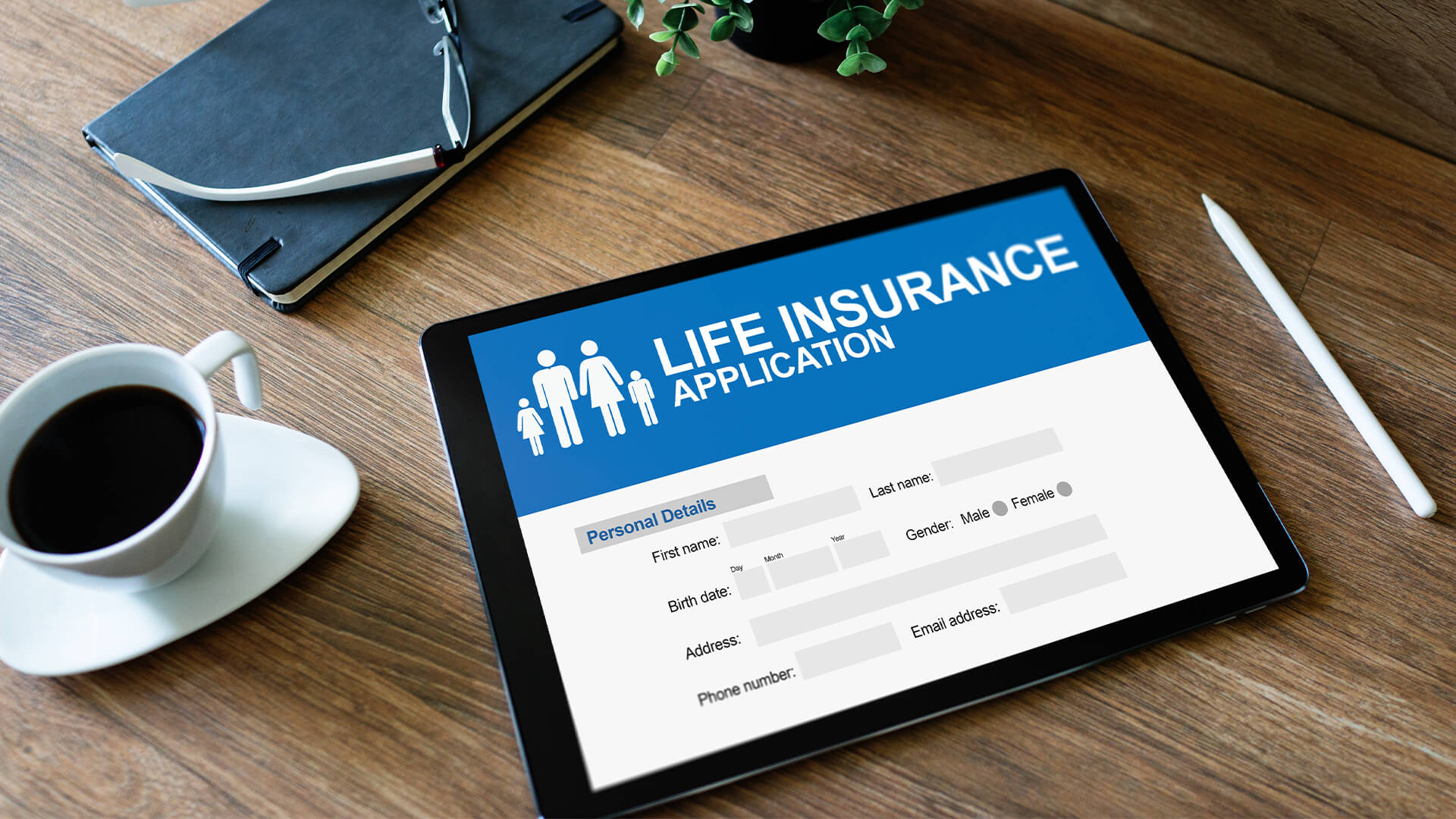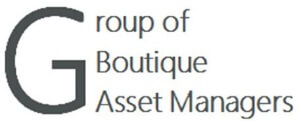
Life insurance is a topic we don’t like to think about. We’ll be gone when life insurance is most needed. Most of us leave behind loved ones who will be burdened by whatever obligations we leave behind. Many of us are blessed with leaving no obligations behind. At best, everybody’s death incurs funeral costs that must be paid.
Like other insurance, life insurance spreads the risk insured. Metaphorically, life insurance is a gamble. The life insurance company is betting you (along with all other customers) will live long enough (past actuarial life expectancy) to pay sufficient premiums to cover their payout obligation. Cynically, you are betting you will not live long enough to pay premiums above the insurance payout. Otherwise, you would self-insure.
In any case, the option to self-insure is illusory since if we don’t have the self-discipline to save for death, it doesn’t work. Life insurance has an element of forced savings.
Taxation
You will have many questions for which you should seek the advice of an experienced life insurance expert, financial adviser, or estate planner. For instance, is life insurance taxable? Yes and no. You can borrow against your policy without tax. You can withdraw cash value tax-free but only to the extent of premium payments. Any excess is taxable as ordinary income. Payout of death benefits to beneficiaries is taxable.
Kinds of Life Insurance
Term Insurance
Term life insurance is the most straightforward insurance policy. There is no investment element to it. It is called “term life” because it covers a specified time period. The proceeds are paid out if you die within that time. One-year term policies require annual renewals.
Term life policies are usually the most affordable since the insurance company is only on the hook for a specified time period. Premiums are typically adjusted as you get older and the insurance company’s risk increases. A term policy has no cash value and, therefore, no investment value.
Permanent Life
Permanent life policies have a dual purpose. Like term life, it has a risk-spreading function with the insurance company bearing the risk of loss (your death) for which you are paying premiums. In addition, it has an element of a savings account. Over time, your premium payments accumulate some redeemable cash value.
There are three types of permanent life insurance – whole life, universal life, and variable life.
Whole life
Whole life insurance has a static premium throughout the policy life. It is similar to uniform mortgage payments with different monthly principal/interest allocations. During your younger years, the insurance company’s risk of loss is lower, so a greater share of the premium creates a redeemable cash value. The insurance company invests the “principal’ element of your premium in the company’s investment portfolio. That is why insurance companies, like banks, are a major financing source for many industries.
Effectively, you are rewarded for staying alive. After a while, you can borrow against your cash value or redeem it.
Universal life insurance
A universal life policy is the same coverage as permanent life but has more flexible access to your cash value. For example, once you have accumulated a sufficient cash value, it can be used to pay some of your premiums.
This is all subject to the caveat that changing the amount or frequency of your premiums can reduce the amount of death benefit.
Variable life insurance
Like all other forms, the fundamental element of variable life insurance is to compensate the insurance company for bearing the risk of paying out proceeds at your death. The older you get, the greater the risk to the insurance company and the greater the portion of your premium that the insurance company must reserve for loss.
A variable life policy gives you, the insured, more control over the investment of your cash value (i.e., stocks, bonds, or money market accounts). The better the return on that investment, the greater your cash value accumulation.
On the other side of the coin, your poor investment decisions may reduce your cash value and may even reduce the death benefit. Some variable life policies include a guaranty that your death benefit will never be reduced. You can expect to pay for that guarantee with higher premiums.
Rest assured, like Las Vegas, the house does not lose in the long run.
Costs and Fees
Life insurance companies are financial institutions, and, as such, you must expect various charges in addition to the risk costs included in your premiums. Those costs include fees for administration, investment management fees, and charges for optional features.
A self-insurance program via a low-risk savings account requires self-discipline that is difficult to sustain. But such programs do not entail such extraneous costs. Those extraneous costs are the price we pay for a forced savings scheme.
Security of Your Cash Value and Death Benefits
While life insurance companies are financial institutions, the FDIC or any other government agency does not guarantee life insurance. Insurers are subject to state and federal regulations. Insurance companies are reported by various rating agencies. You should consult these ratings for comfort as to the insurer’s financial strength to pay your death benefits, cash values, or guarantees.






















